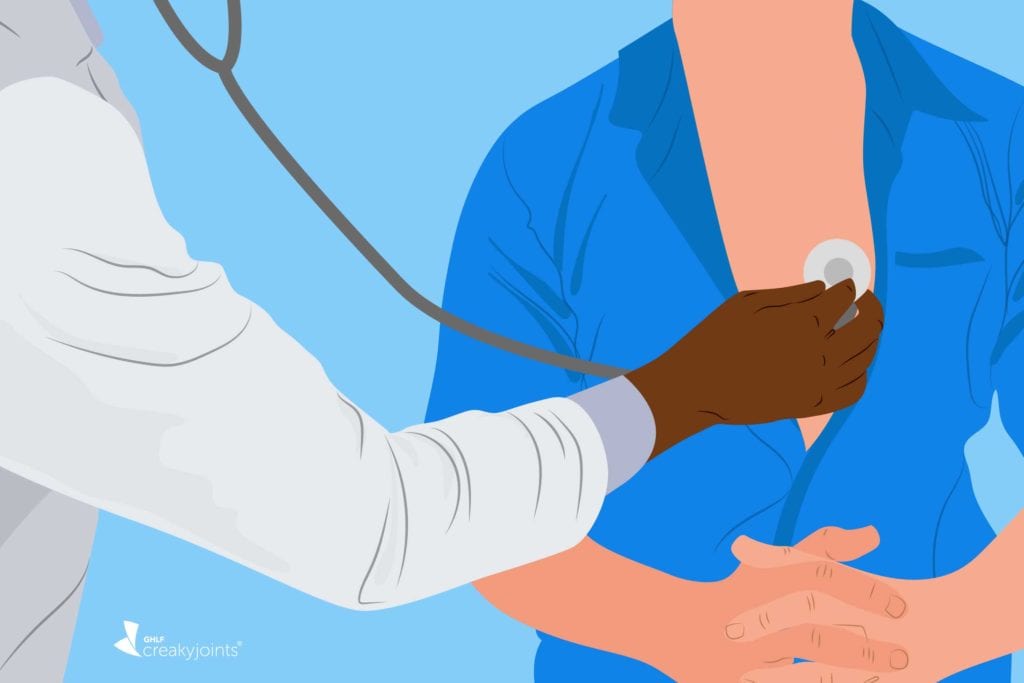Doctor: Comprehensive Care and Therapy for All Patients
Doctor: Comprehensive Care and Therapy for All Patients
Blog Article
Recognizing the Essential Role of Medical Care in Comprehensive Health Administration and Disease Prevention Methods
The essential role of primary care in thorough health and wellness administration and disease avoidance strategies can not be overemphasized, as it serves as the foundation for efficient healthcare delivery. By focusing on preventive treatment and fostering enduring patient-provider relationships, main care specialists are uniquely positioned to attend to individual wellness demands while also influencing more comprehensive community wellness outcomes.
Definition of Primary Treatment
Although the concept of health care might differ throughout different medical care systems, it fundamentally describes the very first point of call for people within the healthcare continuum. Medical care incorporates a broad variety of solutions, including preventative care, diagnosis, treatment, and monitoring of persistent conditions. It is characterized by its thorough, available, and coordinated method, ensuring individuals obtain all natural treatment tailored to their private needs.
Health care suppliers, typically family physicians, internists, or pediatricians, play an important duty in developing continuous patient-provider relationships. This connection of treatment fosters trust fund and helps with better health and wellness results via normal monitoring and customized treatments. The emphasis on a patient-centered strategy allows for the consideration of social, financial, and emotional elements that influence wellness.
In addition, medical care offers as an important element in browsing the medical care system, directing people through specialized services when essential. By working as a central center for health and wellness administration, health care not just addresses prompt clinical problems yet additionally stresses the importance of overall wellness and preventive measures. Thus, its definition extends past plain therapy to include a thorough structure for wellness promo and illness prevention.
Benefits of Preventive Care
Preventive treatment deals countless advantages that dramatically boost specific and neighborhood health and wellness results. By concentrating on the prevention of diseases and health issues prior to they arise, preventative treatment lowers the occurrence of severe wellness problems, thus reducing healthcare prices gradually. Early detection through normal testings and evaluations enables for timely interventions, which can protect against the development of illness, resulting in improved lifestyle for clients.
Furthermore, preventative treatment promotes wellness education and awareness, encouraging people to make educated decisions concerning their way of lives and health behaviors. This positive method encourages normal check-ups, inoculations, and health and wellness testings, which not just benefit people but additionally contribute to the overall wellness of the neighborhood. By decreasing the worry of persistent diseases and preventing episodes of contagious diseases, preventative treatment plays an important function in boosting public health.
In addition to enhancing specific health results, preventive treatment fosters a much more reliable health care system by decreasing the demand for extensive treatments and hospital stays. Inevitably, buying precautionary care is essential, as it helps with much healthier populaces, lowers health disparities, and makes sure far better source appropriation within the healthcare airport clinic system.
Role in Chronic Illness Administration
The positive approaches used in preventive care are important in the administration of persistent conditions, which often need continuous interest and resources. Medical care companies play a critical function in this context, offering as the first point of get in touch with for individuals with persistent conditions such as diabetes mellitus, hypertension, and cardiovascular disease. They contribute in creating customized monitoring strategies that include routine surveillance, drug monitoring, and way of life modifications.

In addition, primary care carriers frequently utilize innovation and data analytics to track person progression and recognize potential complications early. This proactive monitoring enhances patient engagement and empowers individuals to take an energetic duty in their health management. Inevitably, the assimilation of medical care right into persistent illness monitoring fosters better lifestyle and lowers the burden on healthcare systems.
Patient-Provider Relationships

Additionally, a durable patient-provider connection improves individual involvement and self-management. Providers that spend time in understanding their people' histories, choices, and motivations are better geared up to support them in handling their problems. This individualized technique can cause enhanced health outcomes, as people are extra most likely to comply with recommendations when they really feel valued and this article recognized.
Furthermore, continuity of treatment plays a substantial function in enhancing these relationships. Normal communications between patients and carriers assist in ongoing analysis and changes to treatment plans, which is critical for taking care of persistent illness successfully. This continuity not just promotes better wellness outcomes yet likewise reduces medical care costs by decreasing the requirement for immediate interventions.
Effect On Neighborhood Wellness
Strong patient-provider partnerships substantially influence neighborhood wellness results, as they add to a more involved and informed population. primary care provider. When people feel linked to their medical care suppliers, they are most likely to look for preventive services, abide by treatment plans, and join health-promoting behaviors. This involvement fosters a culture of health, where individuals prioritize their health and wellness and the health of their community
Furthermore, effective communication between patients and service providers enhances health literacy, encouraging people to make educated decisions regarding their treatment. This boosted understanding can cause decreased rates of persistent illness, as clients come to be aggressive in managing their health. In addition, strong connections help with the recognition of community-specific wellness difficulties, enabling service providers to customize interventions that address neighborhood requirements.
Furthermore, health care acts as a vital access factor for health sources, attaching clients with necessary solutions and support networks. This comprehensive approach not just improves specific health and wellness yet additionally enhances community communication, as citizens work collaboratively to resolve health and wellness differences. On the whole, the effect of durable patient-provider connections expands beyond the facility, fostering much healthier communities and adding to a lasting medical care system.
Conclusion
In recap, key treatment is essential to efficient health and wellness monitoring and illness avoidance - doctor. Ultimately, the assimilation of key treatment into community health strategies leads to boosted wellness results and decreased healthcare costs, emphasizing its crucial function in promoting overall area wellness.
Report this page